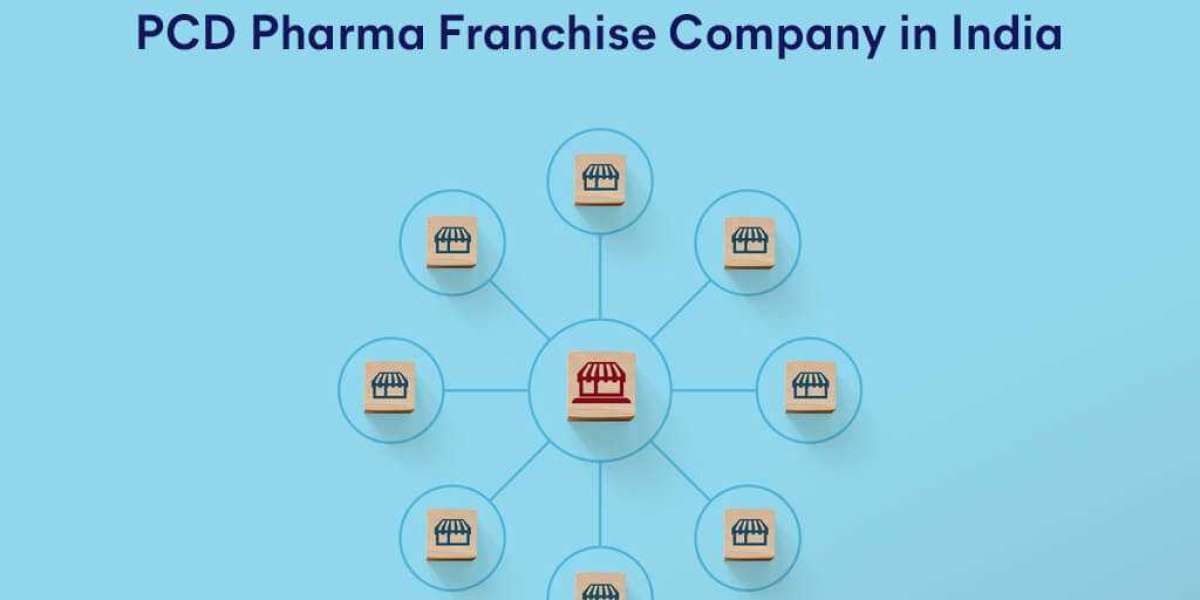Are you a marketer looking for new advertising opportunities to expand your reach and boost your business? Look no further than Bing advertising services! While Google Ads may be the go-to platform for many marketers, Bing offers a hidden gem just waiting to be discovered. In this blog post, we will explore the benefits of using Bing Ads and discuss targeting options and strategies that can help you make the most out of this underrated platform.
The Benefits of Using Bing Ads
When it comes to advertising, Bing Ads offers a range of benefits that can give your marketing campaigns a competitive edge. First and foremost, Bing reaches millions of users who may not be reached through other search engines alone. With over 9% market share globally, Bing has a substantial user base waiting to discover your products or services.
One advantage of using Bing Ads is the potential for lower competition compared to Google Ads. This means that you may be able to bid on keywords at a lower cost per click (CPC) while still reaching valuable audiences. Additionally, Bing offers robust targeting options that allow you to narrow down your audience based on demographics, location, device type, and more.
They are worth mentioning is the integration between Microsoft Advertising and LinkedIn - with access to Microsoft's extensive network, including LinkedIn profiles and data insights. This allows for highly targeted advertising campaigns tailored towards specific professional audiences.
Bing Ads provides powerful tools such as Universal Event Tracking (UET), which helps track conversions and optimise your ad performance effectively. The platform also offers detailed analytics reports that provide valuable insights into campaign performance metrics like impressions, clicks, CTRs (click-through rates), and conversions.
Important is the ease of use offered by Bing Ads' interface. If you are already familiar with Google Ads or other PPC platforms, transitioning to Bing should be seamless as many features are similar across different ad networks.
Targeting Options and Strategies for Bing Ads
When it comes to targeting options, Bing advertising service offers a wide range of choices to help marketers reach their desired audience. One of the key advantages is the ability to target specific demographics such as age, gender, and location. This allows advertisers to tailor their campaigns based on the preferences and characteristics of their target market.
Another powerful targeting option available on Bing Ads is keyword targeting. By selecting relevant keywords related to your product or service, you can ensure that your ads are shown to users who are actively searching for those terms. This increases the chances of attracting qualified leads and driving conversions.
In addition to demographic and keyword targeting, Bing Ads also provides audience targeting features that allow you to refine your campaign even further. For example, you can target users based on their interests or behaviors, which helps you connect with people who are more likely to be interested in what you have to offer.
To maximize the effectiveness of your Bing Ads campaigns, it's essential to develop smart strategies. Conduct thorough research on keywords that resonate with your target audience and include them in your ad copy strategically. Use compelling language and a clear call-to-action (CTA) that entices users to click on your ad.
Furthermore, consider using remarketing tactics by creating custom audiences based on website visitors or past customers. By retargeting these individuals with tailored ads across different platforms within the Microsoft Advertising Network (including LinkedIn), you can nurture relationships with potential customers who have already shown interest in your brand.
Regularly monitor and analyze the performance of your Bing Ads campaigns using analytics tools provided by Microsoft Advertising Services. Identify trends and patterns in user behavior, adjust bidding strategies accordingly if necessary,
Conclusion: Why You Should Give Bing Advertising a Try
With its vast network of search partners, Bing reaches millions of users who may not necessarily use Google as their primary search engine. This means you have the opportunity to tap into new and untapped markets, increasing your brand visibility and potential customer base.
One of the key advantages of Bing Advertising is its lower competition compared to Google Ads. With fewer advertisers bidding on keywords, you have a higher chance of achieving better ad placements at a lower cost per click (CPC). This makes it an ideal platform for small businesses with limited budgets or those looking to maximize their return on investment.
Bing also offers robust targeting options that allow you to refine your audience based on demographics, location, device type, and even time zones. By honing in on specific segments of your target market, you can create highly targeted ads that are more likely to resonate with potential customers. Additionally, Bing provides valuable insights through its user-friendly analytics dashboard so you can monitor performance and optimize your campaigns accordingly.
When it comes to advertising strategies on Bing Ads, there are several tactics worth exploring. First and foremost is optimizing your keyword selection. Conduct thorough research using tools like Keyword Planner or SEMrush to identify relevant keywords with high search volume but low competition. This will help ensure that your ads appear prominently when users search for related terms.
The effective strategy is utilizing ad extensions such as sitelinks or call extensions which provide additional information or direct contact options within the ad itself. These extensions enhance visibility while offering users more ways to engage with your business directly from the search results page.
 " class="wow_main_float_head_img">
" class="wow_main_float_head_img">







